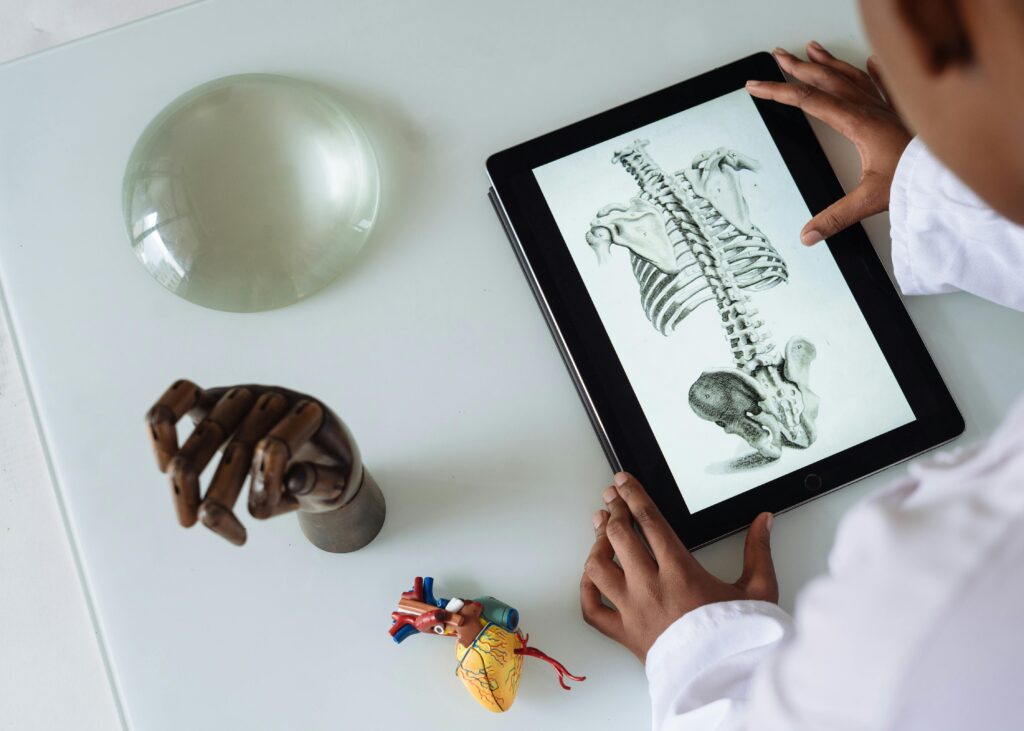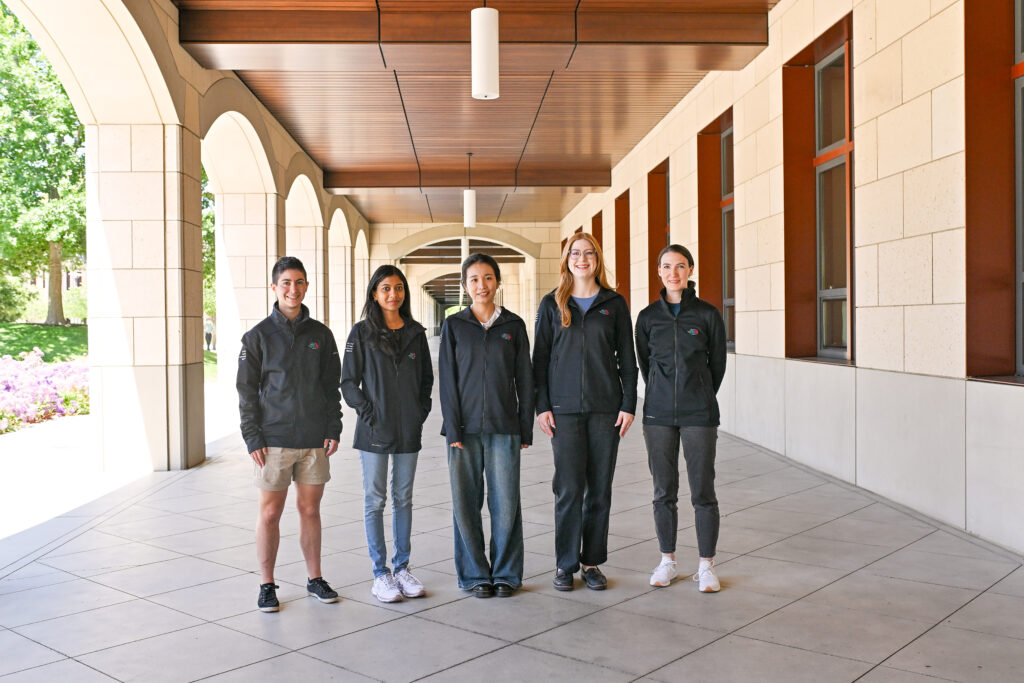Human movement analysis is now two smartphones away with OpenCap software
Using fast, easy-to-use, open-source software called OpenCap, Stanford researchers aim to revolutionize human movement analysis and injury risk screenings at 1% of the cost of traditional methods.
By Kristy Hamilton
A loud pop in the knee took her out of the Women’s World Cup match. The soccer player knew she had torn her anterior cruciate ligament (ACL), the thin band of tissue that connects the femur to the tibia inside the knee. Her road to recovery could take upwards of a year, and within a decade or two she will likely develop osteoarthritis, even though she is only in her 20s.
The risk of an ACL injury is 2–8 times greater in women than men. And until recently, young women had no way to know they were at risk for this all-too-common injury. Thousands of ACL injuries occur annually in the United States, resulting in millions of dollars in health care costs.
Stanford University researchers are looking to decrease these figures and democratize access to human movement analysis and injury risk screenings — and they’re doing so using smartphones and a new software platform called OpenCap.
OpenCap is a fast, easy-to-use, open-source software that captures 3D human movement dynamics from two smartphone videos at 1% of the cost of traditional systems. Over 2,600 researchers have started using the software since the team released it, and it’s easy to see why.

Image Credit: Florent Vial
Traditional motion analysis systems are sorely behind the times, requiring a fixed lab space, eight or more specialized cameras at a whopping $150,000 price tag, and several days for a trained expert to generate musculoskeletal simulations. The team hopes to accelerate large-scale, out-of-lab studies with the help of scientific collaboration and create the most comprehensive dataset of human movements that has ever existed.
“There is the Human Genome, but this is really going to be the Motion-Nome of the whole repertoire of human motion captured quantitatively,” said senior author Dr. Scott Delp, a professor of bioengineering and of mechanical engineering at Stanford University, and director of the Wu Tsai Human Performance Alliance.
The standard number of participants in biomechanics studies is typically around fourteen people. With OpenCap, the team was able to collect data from 100 individuals in less than 10 hours. And they have been able to collect data outdoors and in hotel conference rooms – changing not just where research is conducted but who can participate. The new software combines the latest in computer vision, deep learning, and musculoskeletal modeling to measure not just motion but dynamic measures like muscle activation, joint loading, and joint moments.
“OpenCap integrates advances in computer vision and deep learning with the progress we’ve made in computational modeling of the human musculoskeletal system in an easy-to-use web application,” said Dr. Scott Uhlrich, Director of Research in the Stanford Human Performance Lab and co-first author of the study. This ease of use doesn’t come at the cost of accuracy, however. The team found that since OpenCap can estimate dynamics, it stands strong against gold standard measures from marker-based motion capture and force plates.
Kurt Hickman | Stanford Video
Putting the power of the motion capture laboratory in our pockets has implications that extend beyond professional athletes and research subjects. Now that movement can be quantified inexpensively in as little as 5 minutes, it can start informing routine clinical practice or coaches in youth sports. Beyond ACL injury risk screening, OpenCap could improve care for individuals with osteoarthritis, Parkinson’s Disease, and cerebral palsy, as well as the elderly who are at risk for falls and others.
“We envision that soon, clinicians will use OpenCap to identify people at risk for falls, for example, and prescribe preventive interventions, improving mobility across the lifespan,” said Dr. Uhlrich. Already, the team is using OpenCap to identify biomarkers predictive of ACL injury risk as well as biomarkers for neuromuscular disorders.
“We hope that OpenCap will eventually be adopted as part of clinical trials,” said Dr. Antoine Falisse, Wu Tsai Human Performance Alliance research engineer and co-first author of the study. “The dynamic measures of OpenCap might provide more granularity than traditional systems and better inform about the effect of interventions.”
The paper is published in PLOS Computational Biology.
This work is part of the Alliance’s Digital Athlete Moonshot to create predictive models to guide training and treatment for athletes.
Additional authors of this research include co-first author Scott D. Uhlrich, co-first author Antoine Falisse, co-first author Łukasz Kidziński, Julie Muccini, Michael Ko, Akshay S. Chaudhari, and Jennifer L. Hicks, Scott L. Delp.
Media Coverage: New Atlas, WebMD, Scripps News
Latest News

July 5, 2024
Watch: seminars on jet leg and physiological dynamics of recovery

July 1, 2024
Call for applications: 2025 Wu Tsai Performance Clinician Scientist Fellowship

June 26, 2024
Announcing the 2024 graduate and postdoctoral scholars
Get Engaged
We invite faculty, students, staff, alumni, friends, and external organizations to participate in the Wu Tsai Human Performance Alliance at Stanford.
